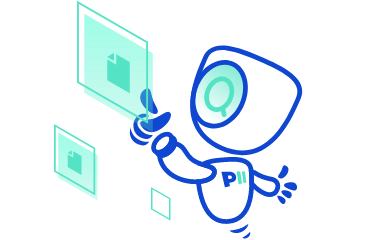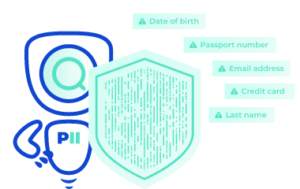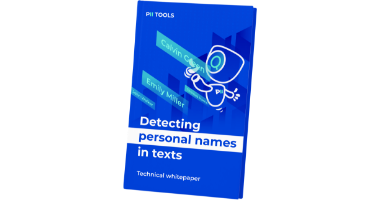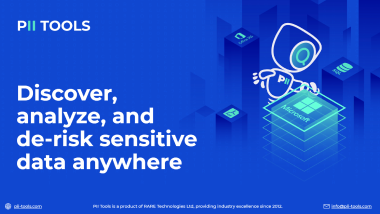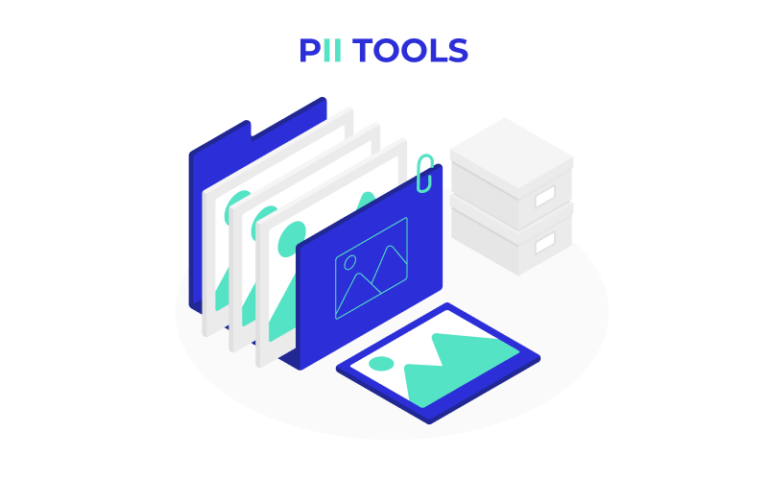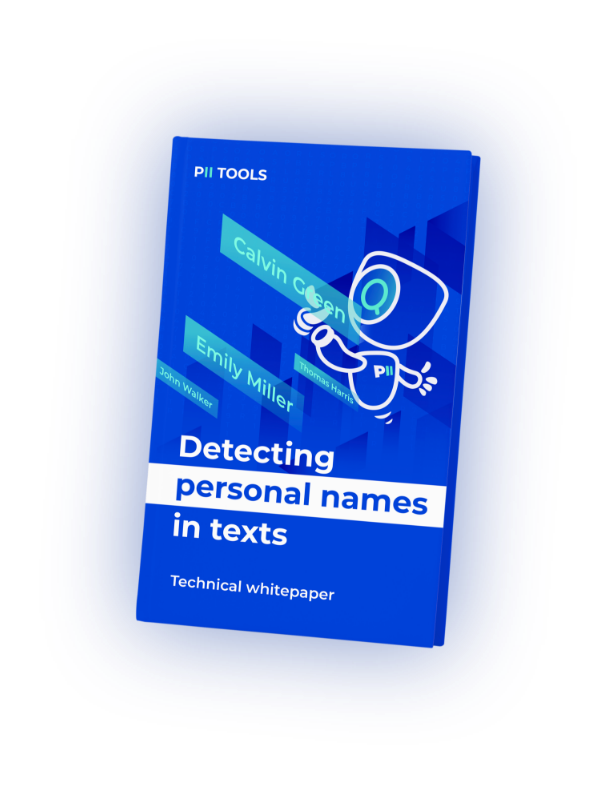Below you’ll find an example list of Personally Identifiable Information, or PII, to help you better understand how it can appear in the real world.
You’ll also find FREE downloadable files attached to each point with specified (fake) PII examples you can then use to test your discovery solution. Enjoy.
PII includes, but is not limited to:
-
- Names: Full name, First name, last name, maiden name, mother’s maiden name, or alias.
- Names: Full name, First name, last name, maiden name, mother’s maiden name, or alias.
-
- Personal identification numbers: Social security number (SSN), passport number, driver’s license number, taxpayer identification number, patient identification number, financial account number, or credit card number.
-
- Personal address information: Street address, or email address.
- Personal address information: Street address, or email address.
-
- Personal telephone numbers: Telephone number.
- Personal telephone numbers: Telephone number.
-
- Personal characteristics: Photographic images (particularly of the face or other identifying characteristics), fingerprints, or handwriting.
- Personal characteristics: Photographic images (particularly of the face or other identifying characteristics), fingerprints, or handwriting.
-
- Information identifying personally owned property: VIN number or title number.
- Information identifying personally owned property: VIN number or title number.
-
- Asset information: Internet Protocol (IP) or Media Access Control (MAC) addresses that consistently link to a particular person.
- Asset information: Internet Protocol (IP) or Media Access Control (MAC) addresses that consistently link to a particular person.
Examples of Non-PII
Pieces of information that don’t reveal anything significant about an individual are considered ‘non-PII’. But watch out: Where 1 instance of PII may not reveal much, 2 instances of PII combined can suddenly become sensitive information.
Two prominent examples of this transition can be seen in financial information and health-related information.
-
- Financial information: data about the monetary transactions of a person or business, i.e., bank account numbers, fiscal income data, payments, money transfers, etc.
- Financial information: data about the monetary transactions of a person or business, i.e., bank account numbers, fiscal income data, payments, money transfers, etc.
-
- Health-related information: data related to a person’s medical history, including symptoms, diagnoses, procedures, and outcomes.
- Health-related information: data related to a person’s medical history, including symptoms, diagnoses, procedures, and outcomes.
To find out more about why this information is not yet considered PII, as well as how it can become PII, check out our deep-dive article series on the subject: The Complete Guide to PII.
Real-World Application
The first step to protecting sensitive data and protected information like PII is to be able to recognize it anywhere you go.
That’s why we’ve provided all the applicable examples listed above, as well as other helpful forms of PII, as a FREE download here: pii-examples.zip.
Try implementing these PII examples in your own sensitive data discovery solution and see how well it flags them!
Don’t Have a Discovery Solution Yet? Then Discover All the PII Listed Above with PII Tools!
